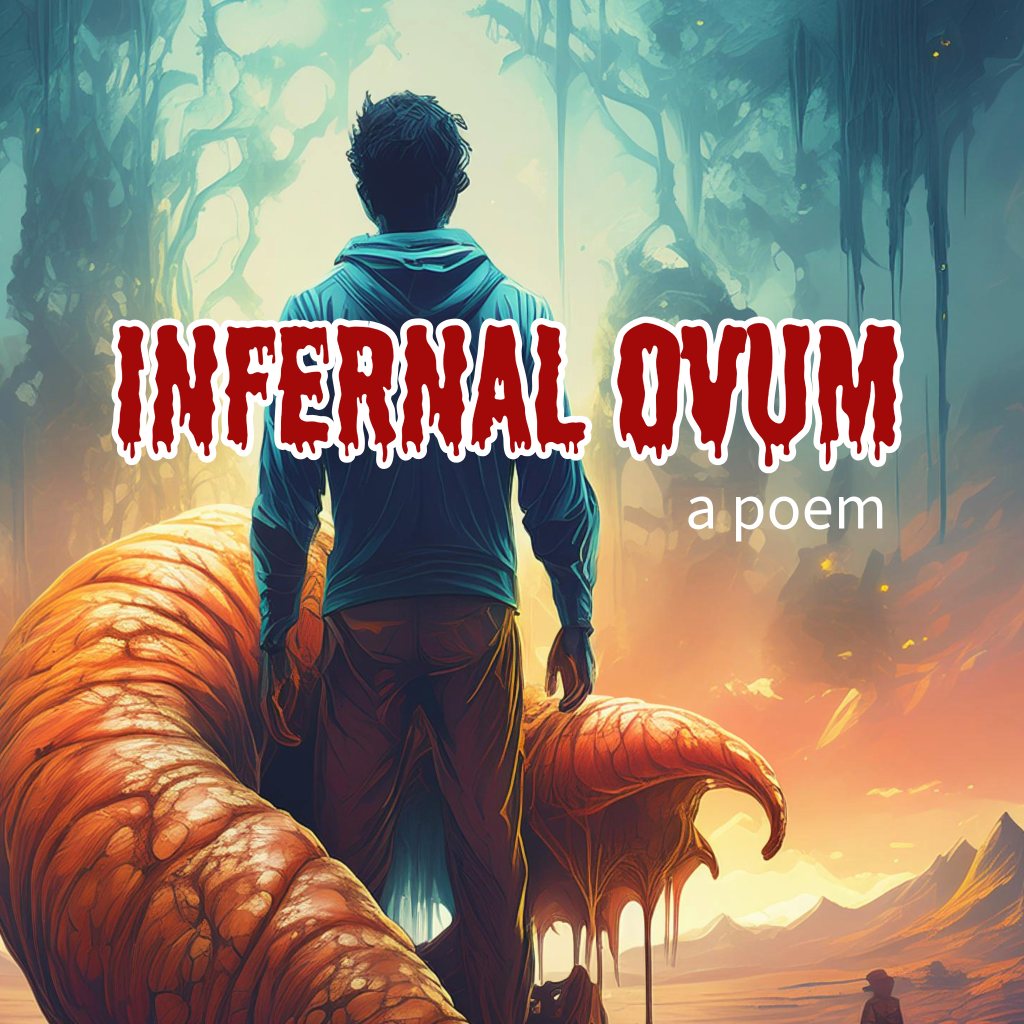In the obscure corridors of contemporary dark fiction, are stories that audaciously challenge our perceptions and delve into the uncanny. Through the perspective of James L. Kinneavy, a revered rhetorician, we can deconstruct these tales in order to comprehend not only their content, but also the purpose and structure of their discourse. And, you know I love the study of rhetoric and mixing it with dark fiction!
Kinneavy’s seminal work, “A Theory of Discourse,” presents a framework for analyzing the aims of discourse: reference, persuasive, literary, and expressive. Each type serves a distinct function, from conveying information to evoking emotions. Dark fiction, with its tendency to disturb and provoke, often straddles the literary and expressive domains, weaving narratives that both tell a story and elicit a visceral response from the reader.
Engaging with Kinneavy’s Framework:
Let’s delve deeper by examining specific examples of modern dark fiction that align with Kinneavy’s rhetorical framework (Affiliate links included):
- Literary Aim: In Laird Barron’s “The Imago Sequence,” the meticulous crafting of atmosphere and setting transports readers into a world of eldritch horrors and existential dread. The narrative structure and descriptive language serve the literary aim of storytelling while also providing a conduit for deeper themes of human nature and the unknown.
- Expressive Aim: Caitlín R. Kiernan’s “The Drowning Girl” is a poignant exploration of mental illness and the blurred lines between reality and fantasy. The story’s stream-of-consciousness style embodies the expressive aim, seeking to connect with the reader’s emotions and experiences on a personal level.
Thank you for visiting with us. For more poetry or Literature related content, visit our blog at The Ritual.
Insights from Scholars and Critics:
To enrich our understanding, let’s consider insights from other scholars and critics in the field:
- S.T. Joshi, an authority on supernatural fiction, often discusses the importance of psychological realism in dark fiction. He argues that the most effective horror stories are those that tap into universal human fears and anxieties, a concept that resonates with Kinneavy’s expressive aim.
- China Miéville, a contemporary dark fiction author and critic, emphasizes the genre’s ability to act as a social commentary. This aligns with Kinneavy’s persuasive aim, where the story’s horror elements can be seen as metaphors for societal issues, compelling readers to reflect and perhaps act.
Community Engagement:
Now, we invite you, the readers, to share your experiences with modern dark fiction. Which stories have resonated with you, and how do they align with Kinneavy’s rhetorical aims?
In conclusion, analyzing modern dark fiction through Kinneavy’s rhetorical theory offers a rich understanding of the genre’s power. It reveals the careful construction behind each tale’s ability to disturb and resonate, reminding us that in the shadows of our minds, there are stories waiting to be told—and felt. So, let us embrace the darkness, for within it lies the profound ability of fiction to reflect the human condition in all its terrifying beauty.
Thank you for visiting with us. For more poetry or Literature related content, visit our blog at The Ritual.





Leave a Reply